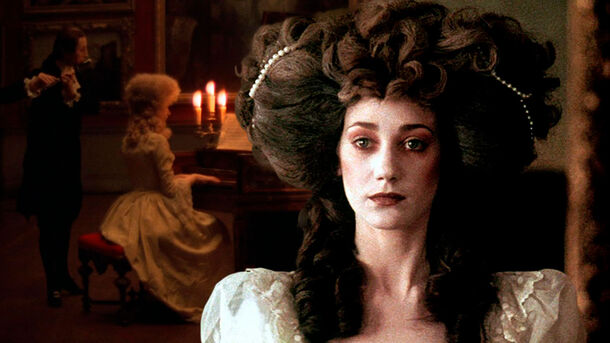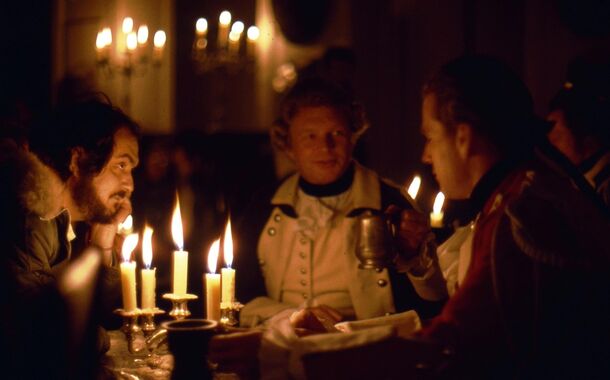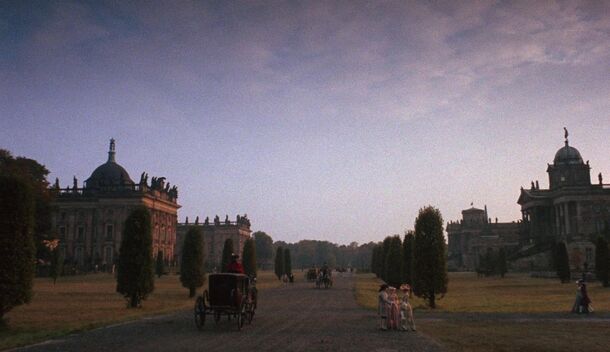Kubrick’s Candlelight Revolution: How 'Barry Lyndon' Changed Cinematography Forever

The film that made natural light a historic storytelling tool.
In Barry Lyndon (1975), Stanley Kubrick set out to do something no one in cinema had managed before: film entire interior scenes lit only by candlelight.
At first glance it sounds impossible for the technology of the 1970s. And yet, here’s where NASA unexpectedly enters the picture — and how this daring idea became a technical miracle. Let’s take it step by step.
How It Was Done
Kubrick wanted historical authenticity — to show the 18th century exactly as it looked, lit by candles alone. The problem was that conventional lenses couldn’t capture such low light without everything turning into darkness.

The breakthrough came when Kubrick acquired Carl Zeiss 50mm f/0.7 lenses, originally built for NASA to photograph the dark side of the Moon. Modified for film cameras, these ultra-fast lenses allowed his team to shoot scenes illuminated solely by candle flames — a feat never before achieved.
The Impact
The result is stunning: interiors glow like living 18th-century paintings, with soft flickers and natural shadows no studio lamp could imitate. Viewers are drawn into a world that feels both painterly and real.
Cinematographer John Alcott won an Academy Award for this achievement, and the film’s candlelit look has since become legendary — inspiring generations of filmmakers to experiment with natural light in bold new ways.

What fascinates me about Barry Lyndon is not only its narrative, but the way Kubrick’s pursuit of authenticity redefined how cinema could look.
